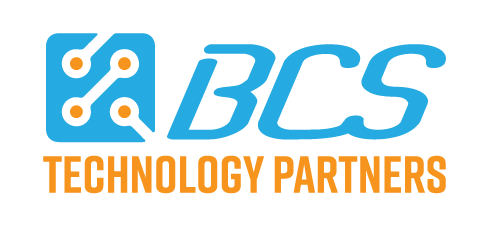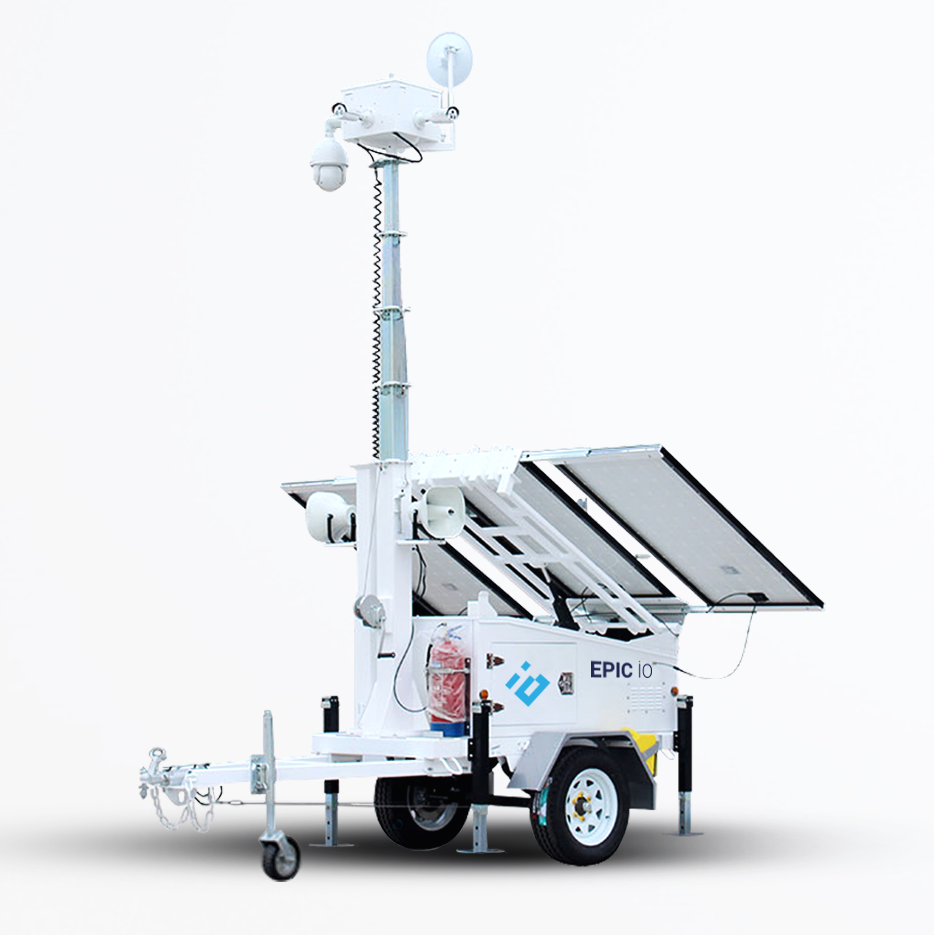Embrace the Future: Unlocking the Power of SDWAN for a Resilient Network
SD-WAN Offers Advantages over MPLS - not the least of which is cost!
In today's fast-paced digital landscape, businesses rely heavily on a robust and reliable network infrastructure to thrive. As technology advances, organizations seek alternatives to traditional Multiprotocol Label Switching (MPLS) networks to meet the growing demands of their operations. Enter Software-Defined Wide Area Networks (SD-WAN), a revolutionary solution offering many advantages over MPLS. In this post, we will delve into why SD-WAN is the superior choice for your network, highlighting the importance of uptime and bandwidth availability and addressing internet connection downtime concerns.
Enhanced Uptime: Uptime is the lifeblood of any business in the digital age. Every minute of network downtime can translate into lost productivity, missed opportunities, and dissatisfied customers. SD-WAN has an advantage over MPLS when it comes to ensuring maximum uptime. SD-WAN offers unparalleled flexibility with its ability to seamlessly integrate multiple connectivity options such as broadband internet connections, private lines, and even 5G networks. In the event of a failure or degradation in one connection, SD-WAN can automatically reroute traffic to alternative paths, eliminating or minimizing service disruptions and significantly reducing downtime.
Bandwidth Availability: During peak business hours or periods of high network traffic, the availability of sufficient bandwidth is crucial. MPLS can be expensive and may not be able to provide the necessary bandwidth, resulting in decreased performance and frustrated users. In contrast, SD-WAN leverages multiple connectivity options and can intelligently allocate and direct traffic across those channels. This dynamic traffic management enables businesses to optimize bandwidth usage and prioritize critical applications, ensuring a consistently smooth user experience even during peak times. SD-WAN allows organizations to harness the full potential of their network infrastructure, avoiding bottlenecks that can hinder productivity and customer satisfaction.
Downtime Mitigation: The prospect of a primary internet connection going down can be nerve-wracking for any business. However, such an occurrence is handled with grace and resilience with SD-WAN. By leveraging its diverse connectivity options, SD-WAN can automatically reroute traffic to alternative paths in the event of a primary connection failure. This seamless failover ensures that critical operations remain uninterrupted and employees can continue their work without experiencing prolonged disruptions. In contrast, MPLS typically relies on dedicated private line connections from the service provider, limiting the ability to quickly and seamlessly switch to an alternative connection.
Security and Cost-Effectiveness: Security is paramount in today's threat landscape, and SD-WAN has proven to be a robust defender of network integrity. SD-WAN provides enhanced security features that protect against vulnerabilities MPLS cannot address. Furthermore, MPLS can come with steep bandwidth costs, making it a less cost-effective option for businesses. SD-WAN offers a more budget-friendly alternative while delivering superior performance and flexibility.
In modern networking, SD-WAN is a superior choice for businesses seeking a resilient and future-proof solution. Its ability to enhance uptime, ensure bandwidth availability during peak times, and mitigate the impact of main internet connection failures makes it an invaluable asset to any organization. By embracing SD-WAN, businesses can unlock the full potential of their network infrastructure, enhance productivity, and deliver a seamless user experience. It's time to embrace the power of SD-WAN and propel your network into the modern era. Contact us today to learn how we can upgrade your infrastructure.








